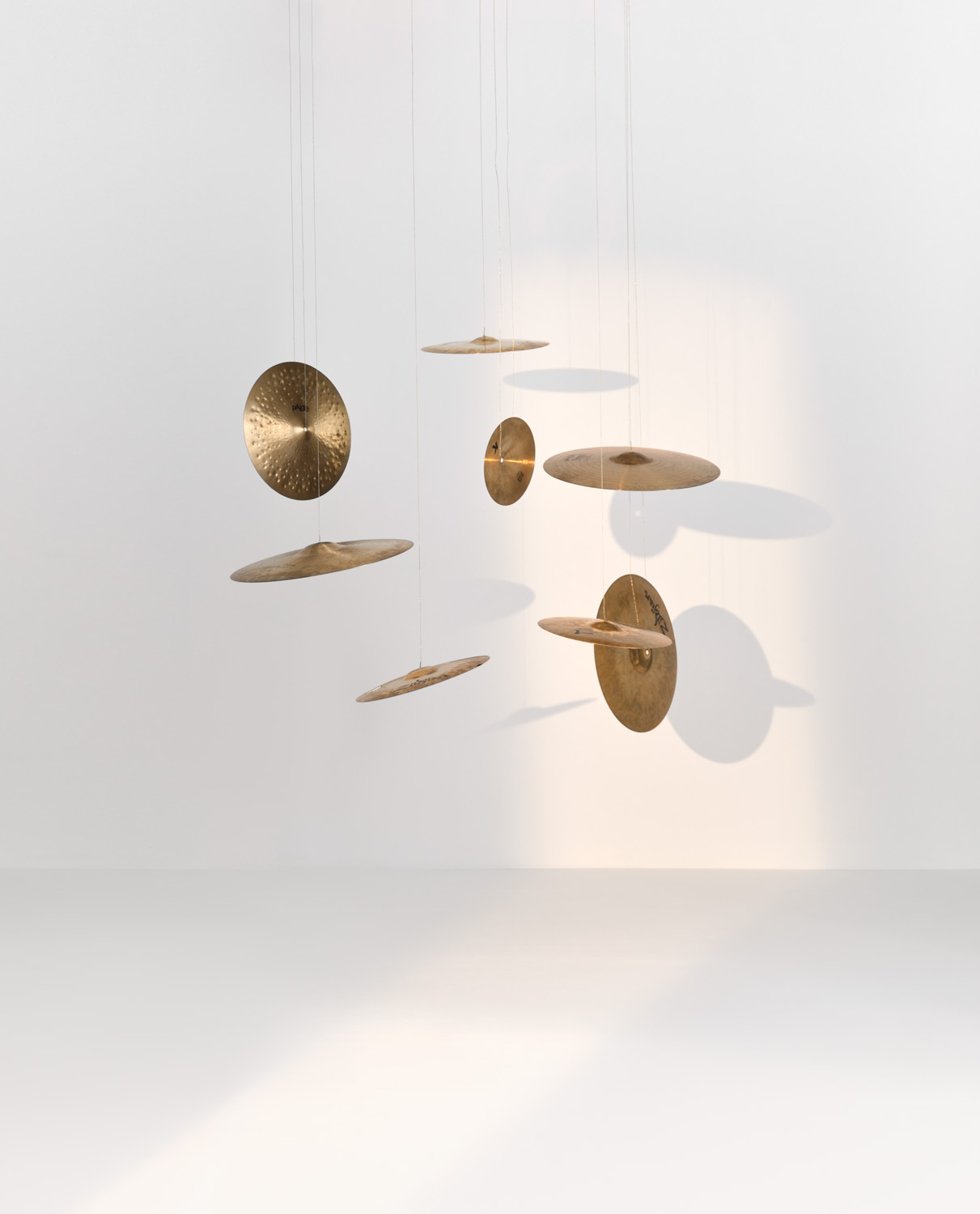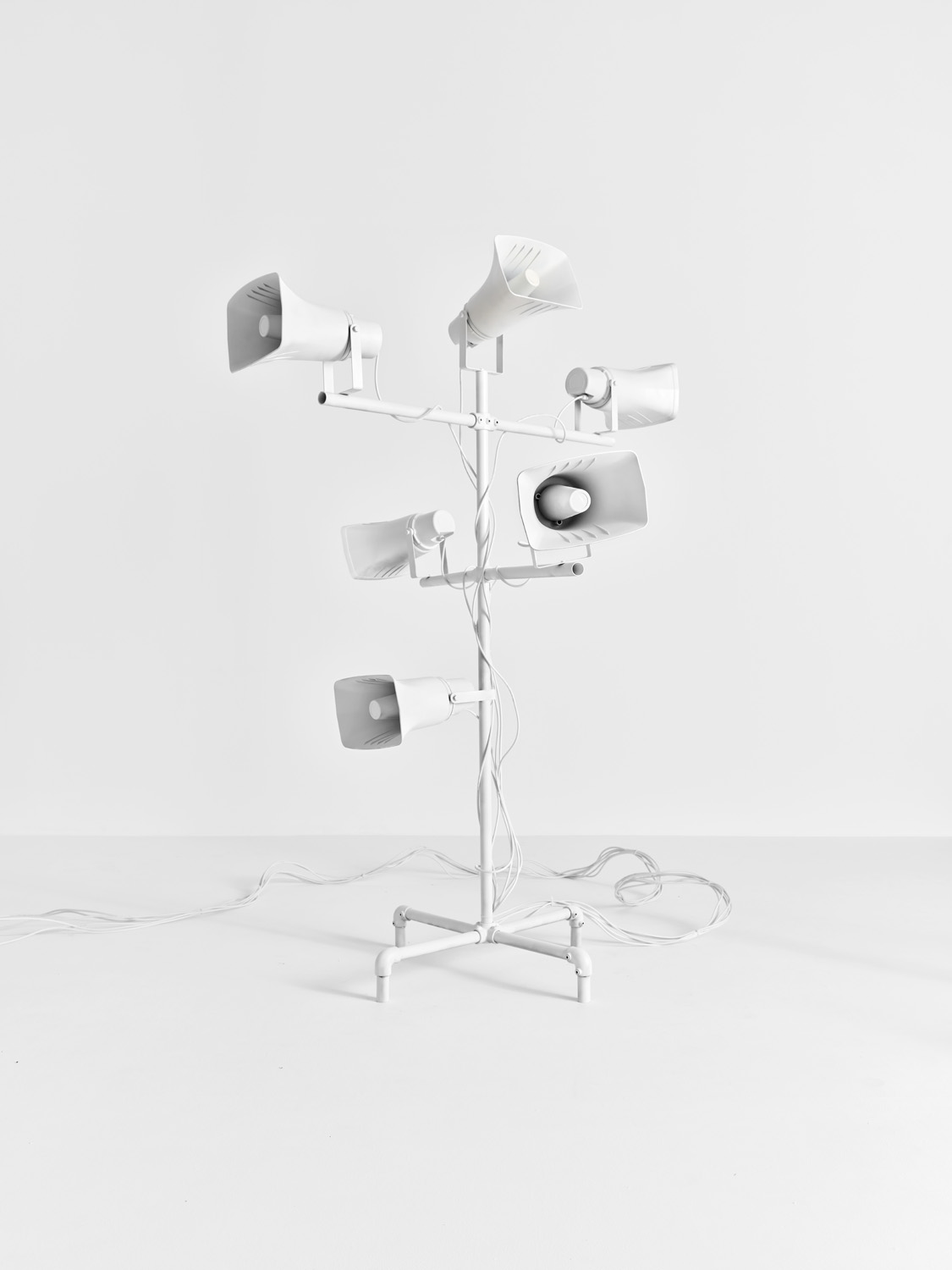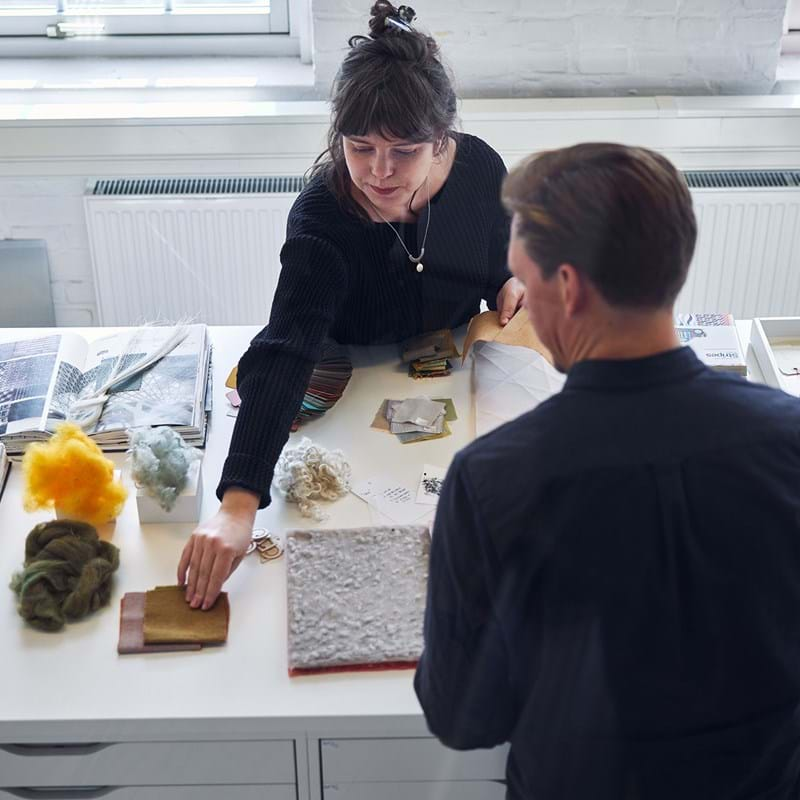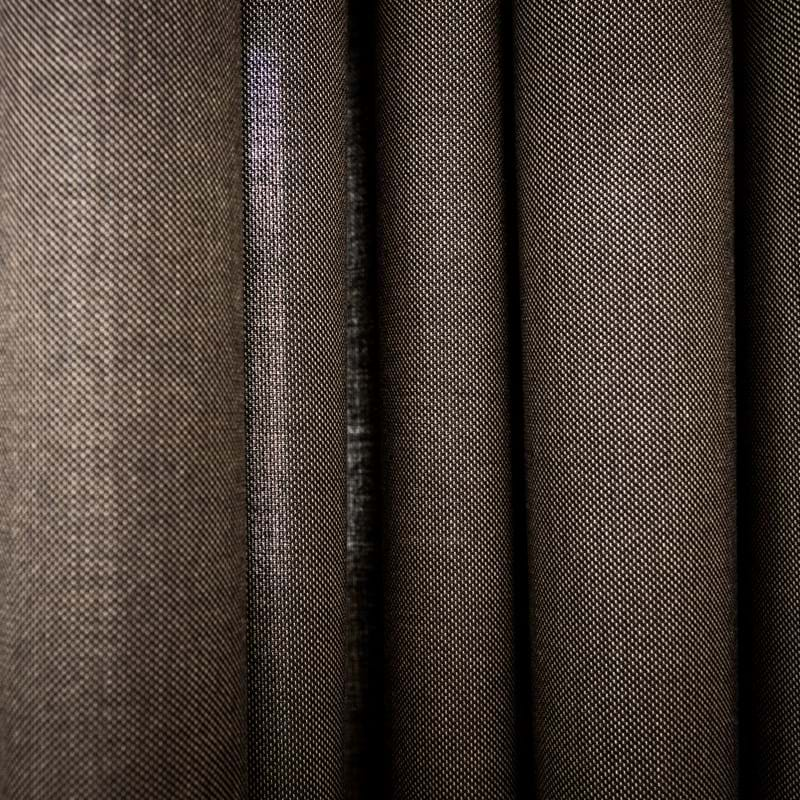The acoustic environment affects how we feel, think and work. At the same time, the visual framing and the context itself will in turn influence how we perceive the acoustic environment. In other words, it's a complex interplay of the senses, which is exactly what Designing sounds is all about.
Designing sounds / Experiences in the acoustic environment
We usually focus on the visual and tactile, but this time we asked a sound designer to create some audio examples for us. Listen below and read about the different sounds.
The interplay between the surrounding environment and our minds
What should an environment be like to allow us to concentrate? Compare the three sounds:
First, a noticeably “quiet” environment.
Then, a hotel lobby where we know many people can relax and work despite a constant buzz of background noise.
The third sound is an example of how an abstract acoustic environment could sound to foster creative work. The audio example was specially designed for us and is based on current research.


How context affects the perception of what we hear
Unpleasant, irritating and annoying out of context. But what happens when we add layer after layer explaining what the first sound was?
All audio is created for Svensson by the sound designer Håkan Lidbo.

Basic training in sound
A few moments of reading matter about what sound is, how it occurs and how it behaves. For example, why do we hear the bass from the room next door but not the voices?

A distinct idea of the environment to be created
What shapes an acoustic environment and what is the role of visual elements?

Acoustic textiles
The benefits of acoustic textiles, tips on how to use them, and reasons why good sound conditions are important.